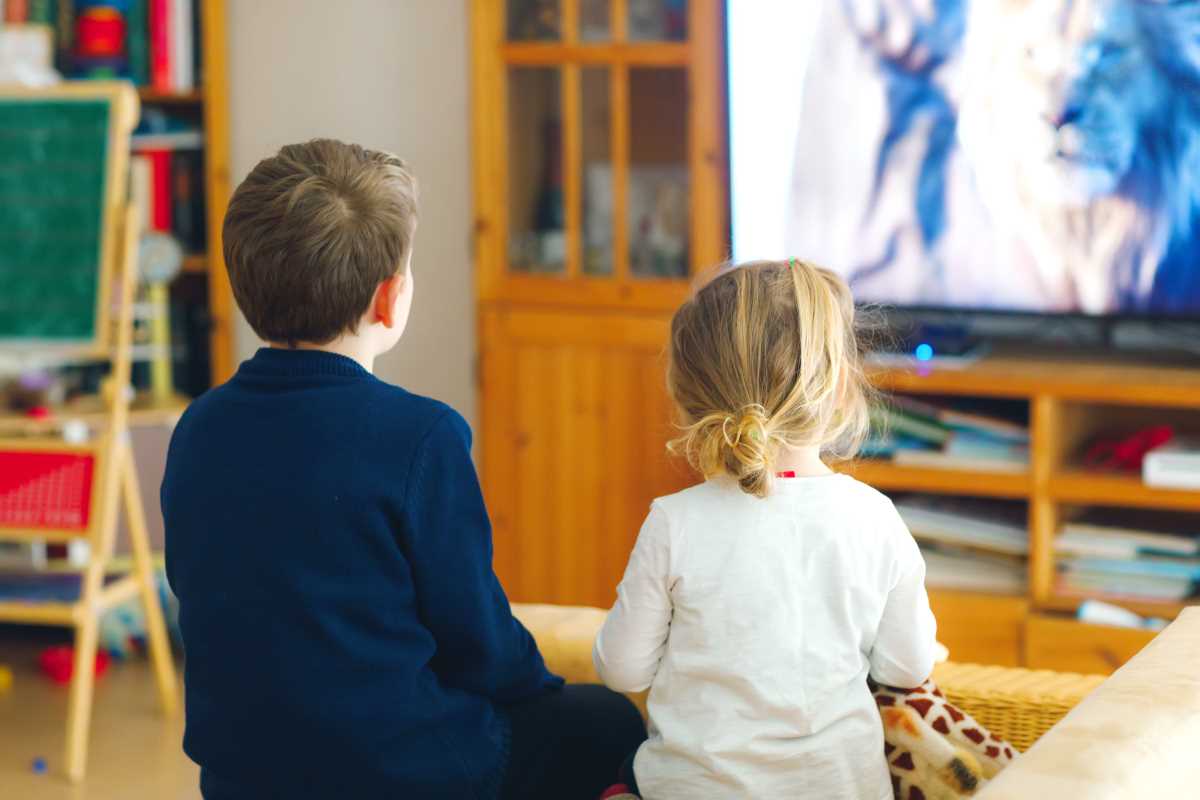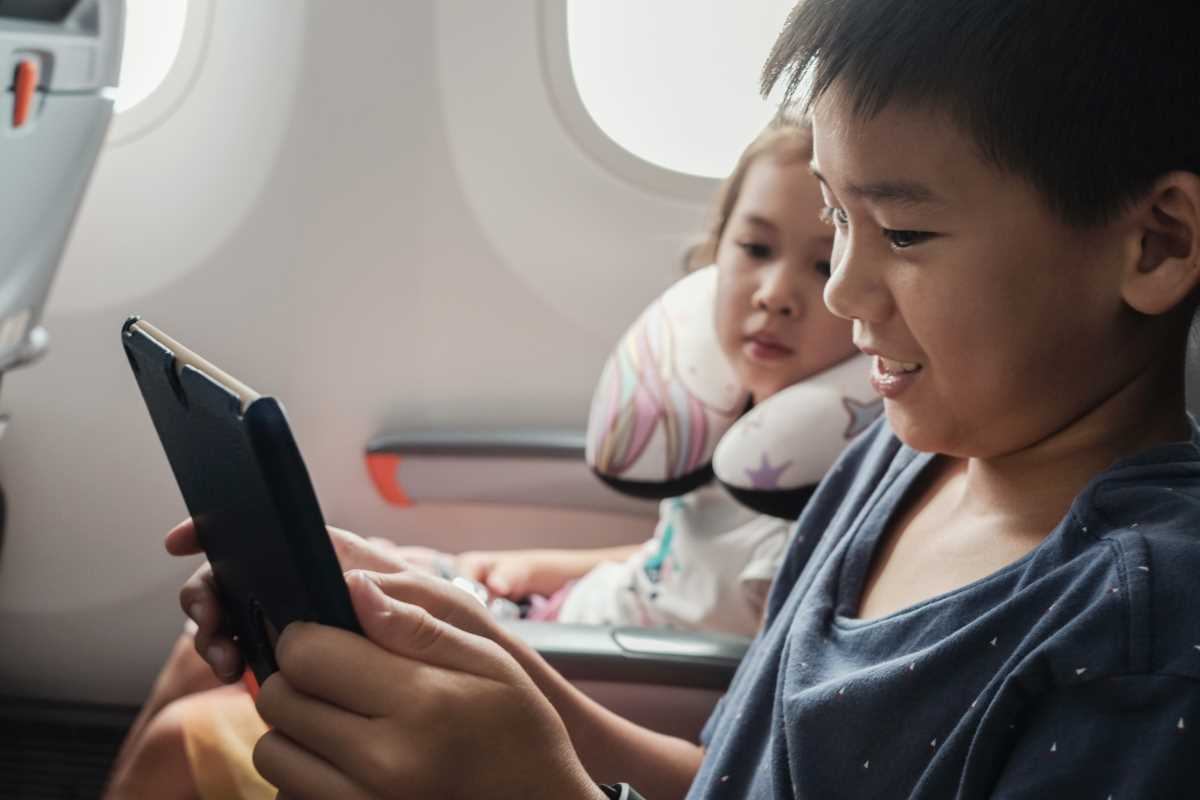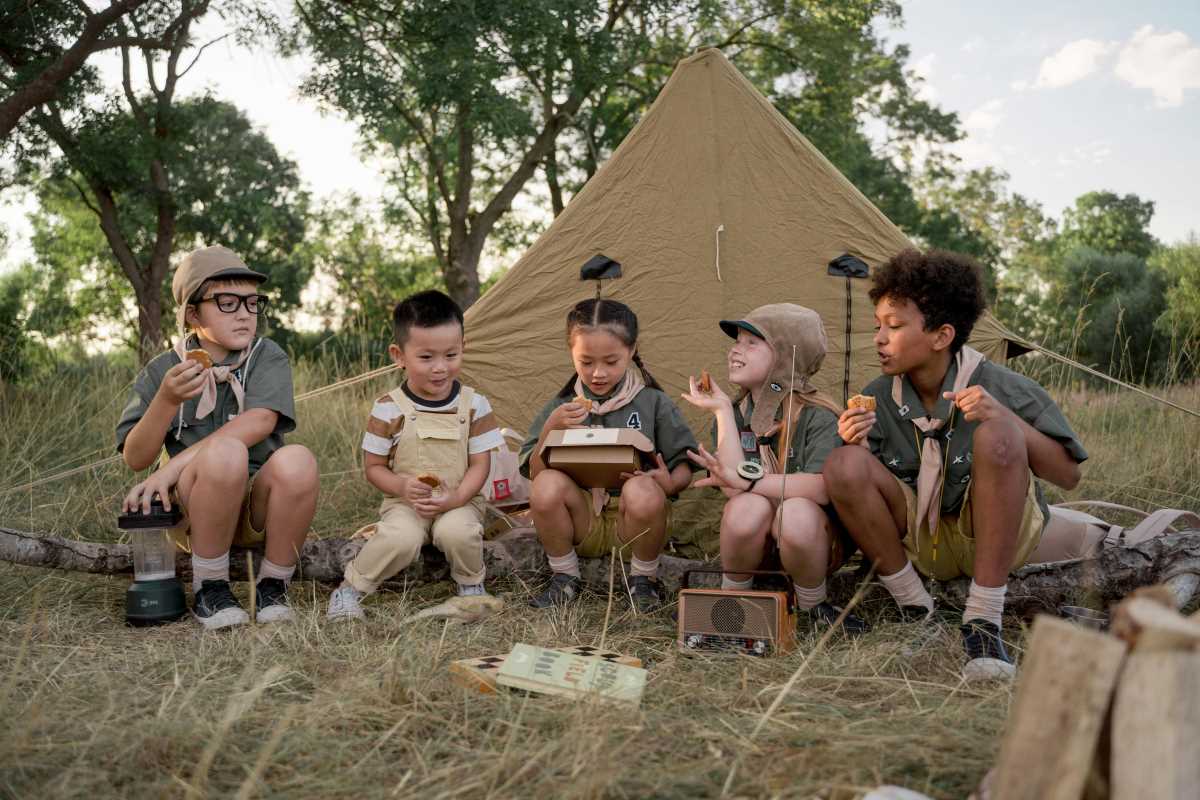Families who introduce children to new cultures during their travels open the door to unforgettable experiences filled with curiosity and wonder. Trying unique foods, joining in local celebrations, and listening to unfamiliar music encourage kids to ask questions and engage with their surroundings. Every day brings an opportunity to learn about different ways of life, helping young travelers develop respect and understanding for people from all backgrounds. These shared experiences often lead to joyful moments, meaningful conversations, and lasting memories that strengthen family bonds while expanding each child’s perspective on the world.
Families often find that exploring local neighborhoods, tasting unusual dishes, or even learning a few words of a foreign language makes the travel experience richer. Engaging with different cultures helps children understand that while customs may vary, the joy of human connection is universal.
What Does Cultural Immersion for Kids Entail
Introducing children to diverse cultural practices benefits them in many ways. Below are some key points that highlight the advantages and challenges encountered along the way:
- Broader Worldview: Kids learn to appreciate different lifestyles, which can build empathy and critical thinking.
- Language Exploration: Trying new phrases enhances linguistic skills and boosts confidence when interacting with locals.
- Culinary Adventures: Sampling local food expands taste buds and provides a hands-on way to discuss nutrition and tradition.
- Customs and Traditions: Participation in holidays or festivals helps children recognize and respect differences while finding common ground.
- Overcoming Language Barriers: Children may face challenges communicating, but these moments become opportunities for them to learn nonverbal cues and creative problem-solving skills.
- Adjusting to New Routines: Kids sometimes need time to adapt to unfamiliar schedules, but with patience, these routines turn into cherished memories.
Understanding these facets of cultural immersion helps parents set realistic expectations. Cultivating an environment where learning occurs naturally can turn potential challenges into rewarding growth moments.
By recognizing both the benefits and hurdles, families can prepare to enjoy a truly engaging experience that nurtures the seeds of global curiosity.
Planning Ahead for Engaging Experiences
Good preparation can significantly improve your experience when introducing kids to new cultures. Taking some time to plan personalized activities helps reduce stress and makes the journey more enjoyable. Consider these practical steps before your family sets out:
- Research the Destination: Spend time exploring local history, landmarks, and seasonal events. Learning about local customs ahead of time sets the stage for immersive experiences.
- Create a Flexible Itinerary: Build a plan that includes visits to museums, local markets, and community events while leaving room for spontaneous discoveries.
- Engage with Locals: Look for family-friendly guided tours or community-led workshops that provide authentic glimpses into everyday life.
- Include Hands-On Learning Moments: Choose activities such as cooking classes or craft sessions that encourage kids and adults to get involved.
- Pack Thoughtfully: Bring items that can ease the transition into new environments, like a travel journal or a small camera, to document moments and spark conversation.
These simple steps help manage expectations and reduce the chance of feeling overwhelmed. Preparing together as a family builds excitement and ensures everyone participates in shaping the travel experience.
Setting aside time for family discussions about what to expect can also create a sense of adventure while making children feel safe and supported. This proactive approach makes it easier to embrace every moment of your journey.
Interactive Activities and Hands-On Learning
Getting actively involved in a new culture works best when children participate directly with local traditions. Fun activities like local cooking classes, trying out a traditional dance, or crafting allow kids to experience history and art in a very tangible way. These engagements become memorable keepsakes of their global exploration.
There are many ways to encourage interactive learning during your travels. Consider these ideas and adapt them to your destination:
- Attend local culinary sessions to learn about spices and traditional recipes.
- Join community art workshops where you can paint ceramics or weave small baskets.
- Organize scavenger hunts in historic neighborhoods that combine sightseeing with playful challenges.
- Play language games that make learning common phrases entertaining and stress-free.
These activities help demystify local customs and create personal stories that children will cherish long after the trip ends. The hands-on approach not only builds language and cultural skills but also strengthens family bonds through shared enthusiasm and exploration.
Participating in these interactive moments allows kids to express themselves and ask questions, turning every discovery into a stepping stone for further curiosity.
Adding Local Traditions Into Daily Travel
Experiencing local traditions can be as simple as visiting a busy market or joining a festive gathering. When families incorporate such customs into their daily travel routine, cultural immersion becomes a natural part of the journey. Visiting community events, fairs, and local art displays provides insights into the region's heritage and creates lasting memories.
Plan your day to include small, immersive experiences that go beyond sightseeing and typical tourist stops. For example, set aside time to explore neighborhood eateries or join a local celebration to see authentic performances and music. Many parents have found that letting children experience cultural immersion in an unstructured environment encourages spontaneous dialogue and a genuine understanding of local life.
Fostering Curiosity and Open-Mindedness
Children thrive when encouraged to reflect on new experiences. Ask questions like, “What local dish did you enjoy most?” or “What word did you learn today?” to spark engaging conversations.
These prompts help kids process what they see and feel, turning each moment into a learning opportunity. Sharing their discoveries builds confidence and deepens family connections.
Support their curiosity with enthusiasm, and they’ll stay open to new ideas long after the trip ends. Embrace each experience together and celebrate the joy of learning through travel.







